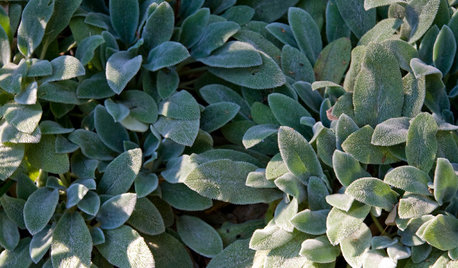Lychnis hybridization?
lunajade
19 years ago
Related Stories

FOLIAGEThe Right Touch: 13 Soft, Fuzzy Plants for Gardens and Pots
Brush a hand on velvety foliage or fluffy plumes for a sensory garden experience beyond sight and smell
Full StoryMore Discussions







pegasus
lunajadeOriginal Author
Related Professionals
Arnold Landscape Architects & Landscape Designers · Clark Landscape Architects & Landscape Designers · Foothill Ranch Landscape Architects & Landscape Designers · Summit Landscape Architects & Landscape Designers · Garden City Landscape Architects & Landscape Designers · Edmond Landscape Contractors · Medford Landscape Contractors · Duarte Landscape Contractors · Placerville Landscape Contractors · Alhambra Fence Contractors · Claremont Fence Contractors · Lake Forest Fence Contractors · Mill Valley Fence Contractors · Monrovia Fence Contractors · Olive Branch Fence ContractorsTonyfromOz
lunajadeOriginal Author
nonmember_gw
TonyfromOz